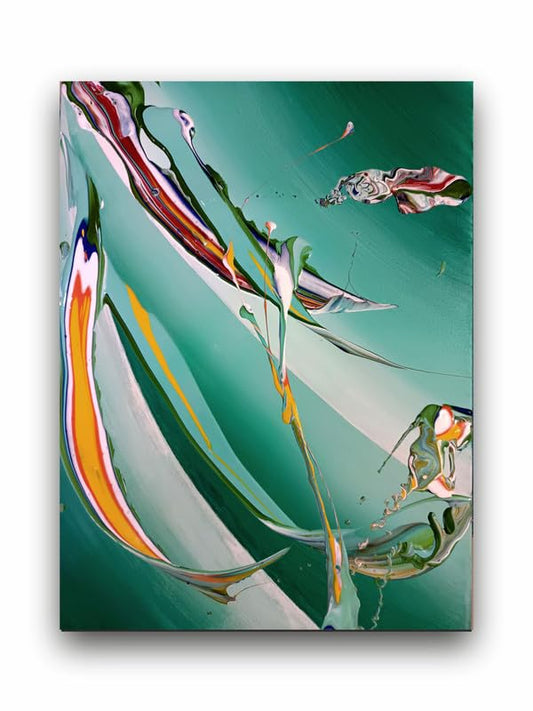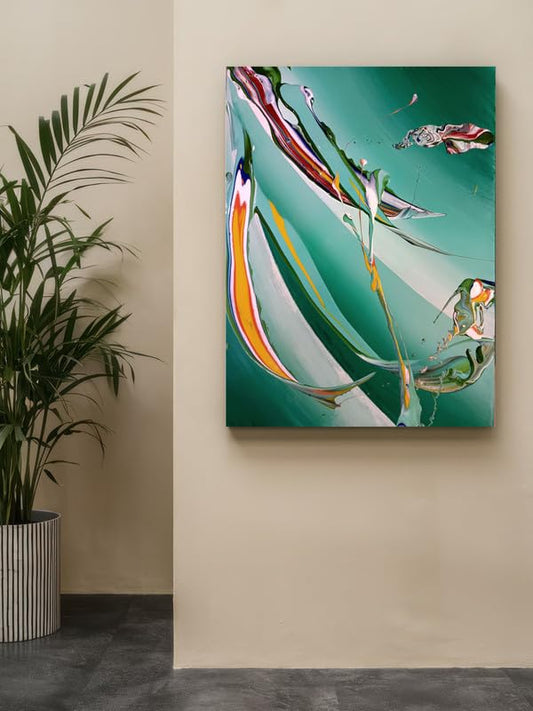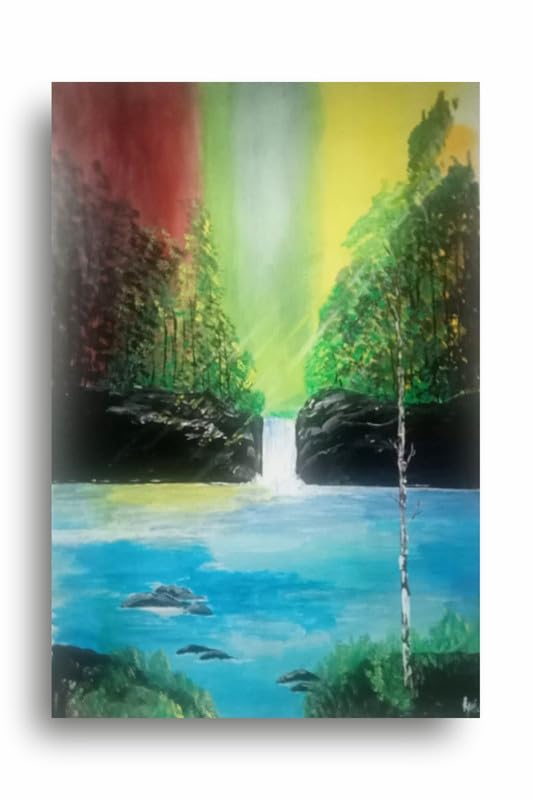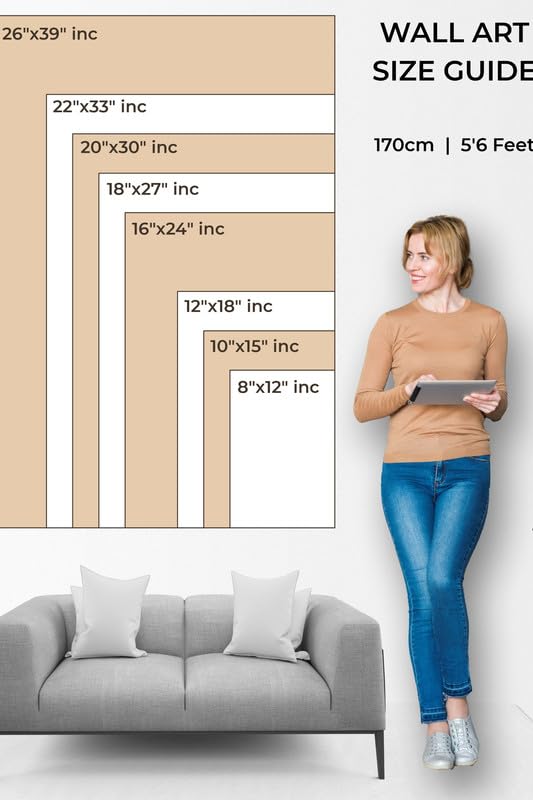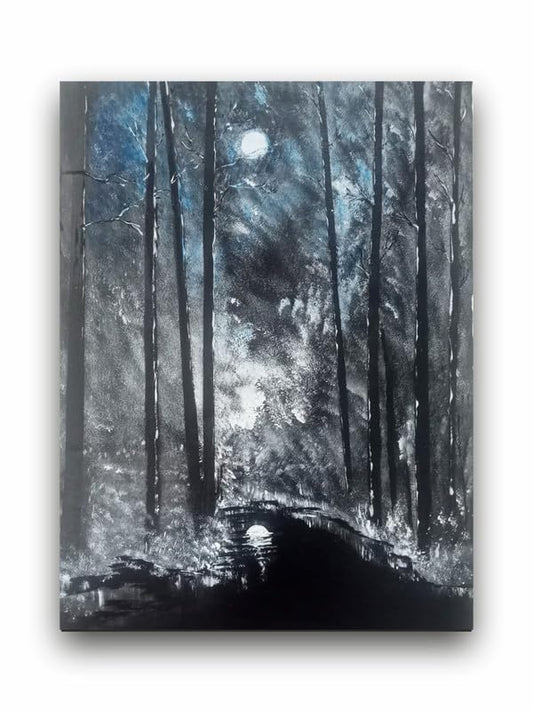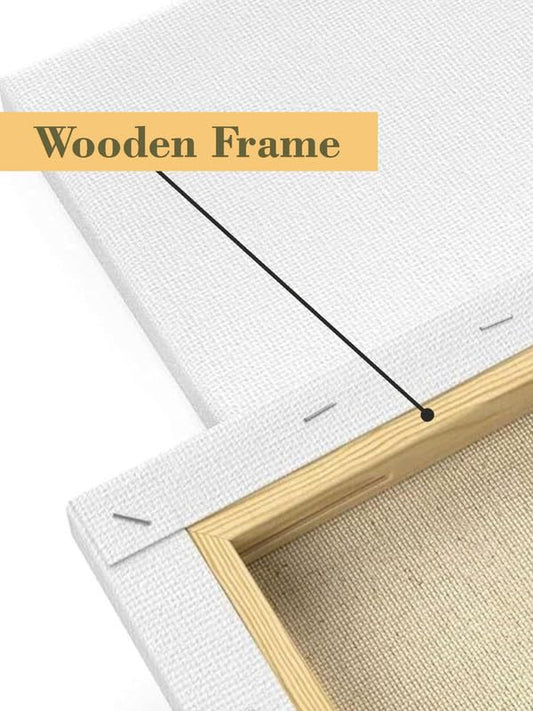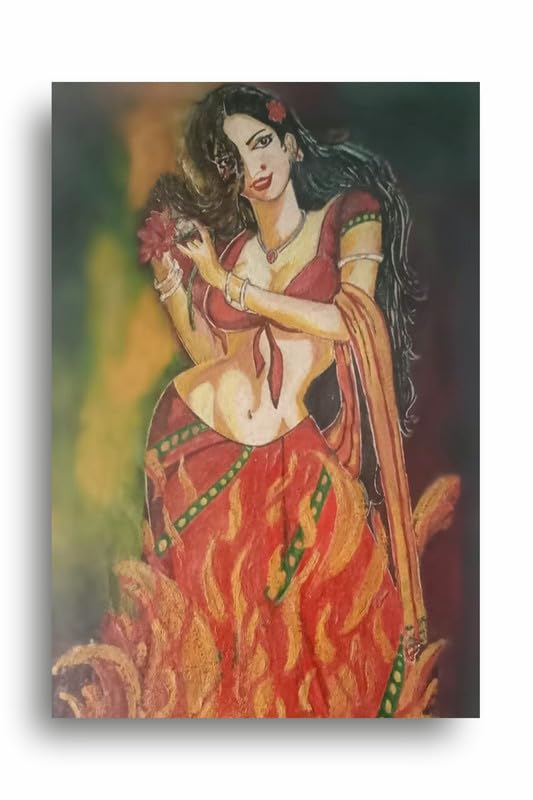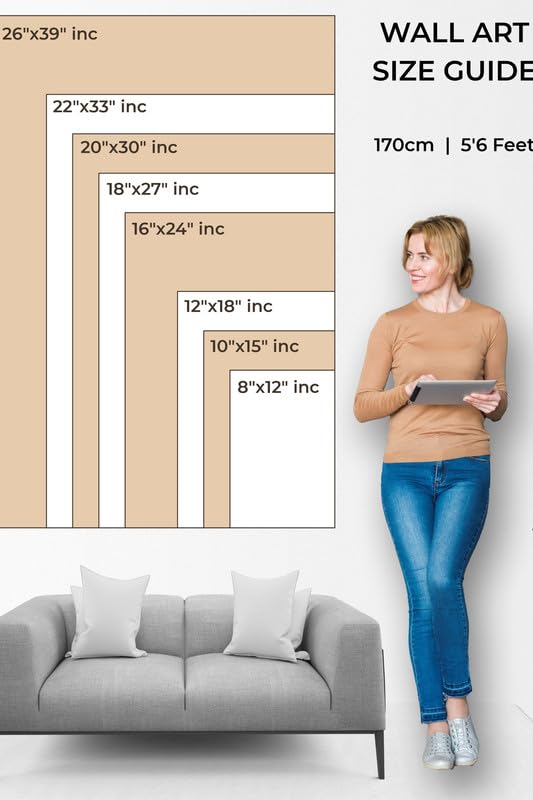How to Mix Abstract Art and Traditional Techniques
Abstract art- expressive non-representationalism, speaking strongly, evoking powerful individual interpretation. Traditional art techniques, given their roots in realism and classicism, put more emphasis on technical skill and precision. This essentially creates a conflict, how to combine these two worlds, a perfect blend for the respect of innovation and tradition as well when thought through.
Here are a few examples of how one can merge abstract art with a traditional base in order to produce visually appealing and intellectually provoking pieces.
1. Foundation in Tradition
Perhaps one of the most effective ways to break free from traditional techniques in abstract art is with a robust foundation in classical art principles. Mastering skills such as perspective, composition, and proportion ensures that breaking those rules later on would be better executed. For instance, an artist could create highly, realistic details, or focal points using the methods of oil painting or drawing and then layer these abstract elements to contrast with or disrupt the image.
For example, the use of an ancient master underpainting technique can add three-dimensional value and a structure to an abstract piece. A planned sketch can be layered over expressive, free-form brushstrokes for a beautiful blend of precision and spontaneity.
2. Mixing it Up-Media Moulee
Abstract art is an experimentation process. The use of mixed media allows combining the old with the new: using traditional materials such as charcoal, watercolor, or oil to combine with the modern medium of acrylics, spray paint, or digital techniques, essentially meeting that purpose of carrying over old means while introducing texture and dimension into the art created. For instance, classic soft, flowing wet-on-wet watercolor backgrounds can be combined with abstract patterns or bold streaks of color applied on top using acrylics to create dramatic contrasts.This combination of soft realism and bold abstraction can result in powerful compositions.
3. Use Classic Color Theory
Abstract art can be a complete renunciation of norms, but classical color theory applications may raise the work to a sublime level. Knowing about color harmony, contrast, and how the hues evoke a particular mood or another enables the artist to make better composition decisions for his abstract pieces. The artist may then opt to use classical approaches to colors while keeping the abstract forms to make sure that the piece is balanced and visually pleasing.
4. Classical strokes with an Abstract Twist
Traditionally, brushwork is something to be used in portraiture or landscape painting, but it can be very easily adapted to fit into abstract pieces. A lot of different techniques can be used to create vibrant surfaces: glazing or impasto (very thick layers of paint) can add depth and texture. The use of traditional brushstrokes could emphasize the contrast between realistic and abstract representations, bringing both together into a single, seamless work.
5. Use Symbolism and Narrative
The traditional art tends to be full of narration and symbolism, whereas abstract art usually speaks to the audience in very vague terms. When it is mixed together, this gives way to a more complex piece of art with multiple layers. An artist can include symbolic elements of classical art, like one persistent motif or figure, but interpret them in a more abstract manner. This places a viewer in a position to seek deeper meaning and personal interpretation within the context of classical art.
Conclusion
Abstract art with tradition is the best way to experiment and go to the extreme limits of creativity. Novel concepts can be thought out yet the track-record of artistic values must remain in this combination, based on the strengths of both approaches. From mixed media to brushwork, or even symbolic narratives, the combination between abstract and traditional styles should never cease its creative expression.
How to Mix Abstract Art and Traditional Techniques


